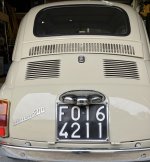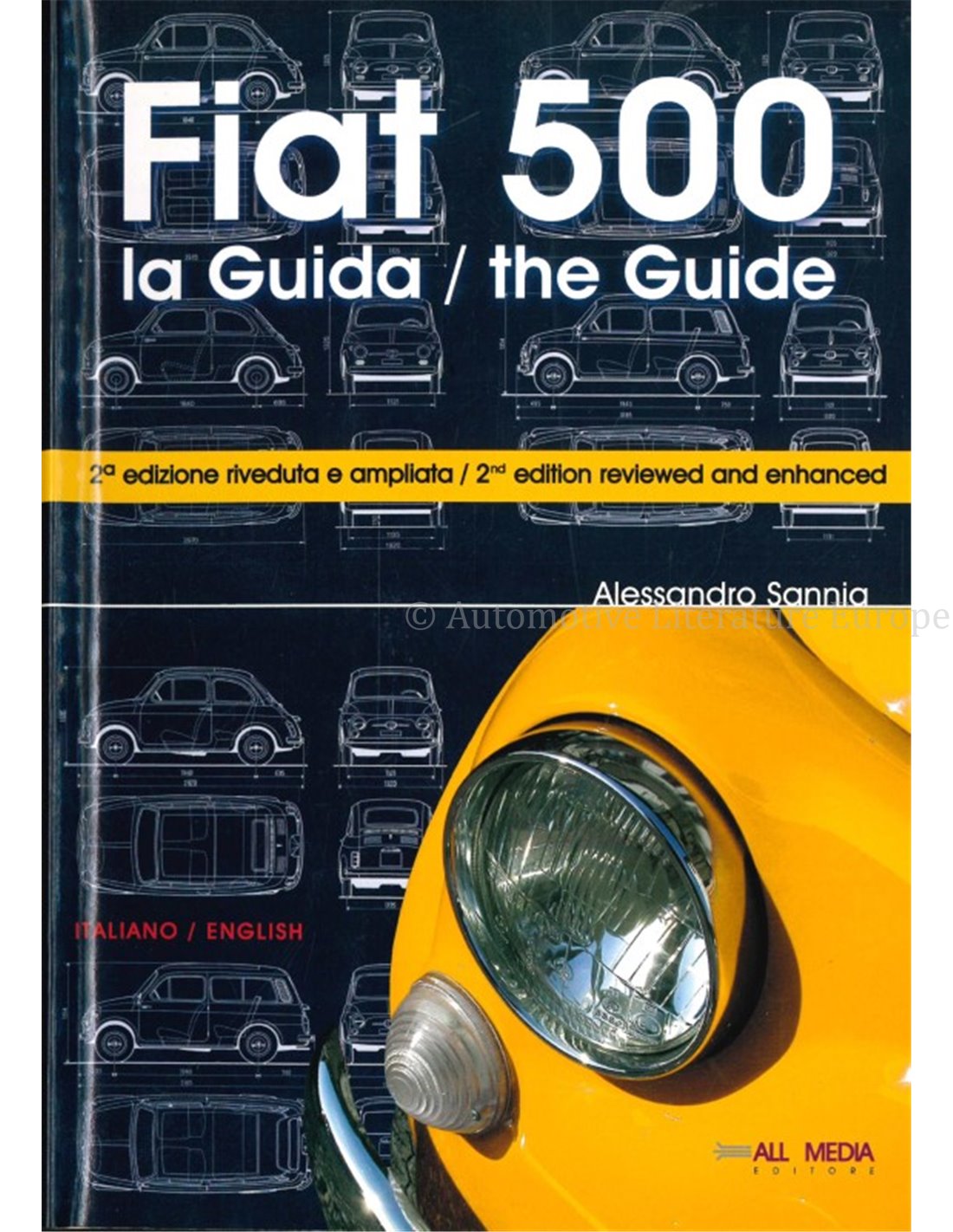Greetings!
Trying to unravel a mystery for my 1968 500F in making various parts purchases, especially it seems electric related. Its got 4 bolt doors not 8 (quatro bulloni), which I've understood was the indicator for a 'serie 2' 500F.
However... for choosing some parts, it seems to line up with 'serie 1', at least for part offerings. For example:
- The coil is mounted on the left hand of the engine compartment, using a long high tension coil cable to reach the distributor on the right. No evidence anything was mounted to the right previously.
- The fuse block resembles the 'serie 1' offering with a thumb screw holding the cover on as opposed to the clip-on cover for serie 2 F and L/R models. Both fuse block and wiring look...*very* original shall we say.
Its first registration was in January of 1968 and the VIN (1679985) appears to line up with that. I purchased the car in Italy while living there and brought it over.
So what do I have exactly? Are there other indicators to look at? Is this just an example of supply chain management as per Fiat in the 60's?
Trying to unravel a mystery for my 1968 500F in making various parts purchases, especially it seems electric related. Its got 4 bolt doors not 8 (quatro bulloni), which I've understood was the indicator for a 'serie 2' 500F.
However... for choosing some parts, it seems to line up with 'serie 1', at least for part offerings. For example:
- The coil is mounted on the left hand of the engine compartment, using a long high tension coil cable to reach the distributor on the right. No evidence anything was mounted to the right previously.
- The fuse block resembles the 'serie 1' offering with a thumb screw holding the cover on as opposed to the clip-on cover for serie 2 F and L/R models. Both fuse block and wiring look...*very* original shall we say.
Its first registration was in January of 1968 and the VIN (1679985) appears to line up with that. I purchased the car in Italy while living there and brought it over.
So what do I have exactly? Are there other indicators to look at? Is this just an example of supply chain management as per Fiat in the 60's?



